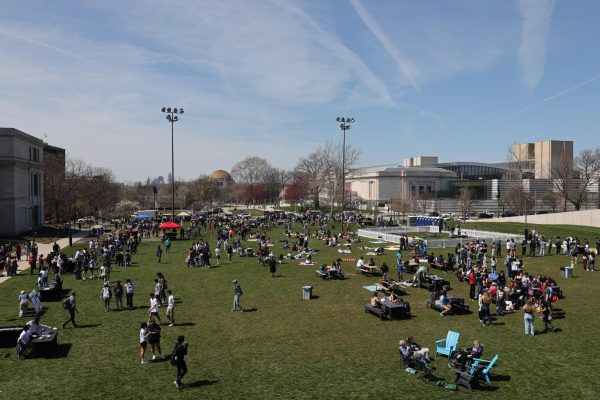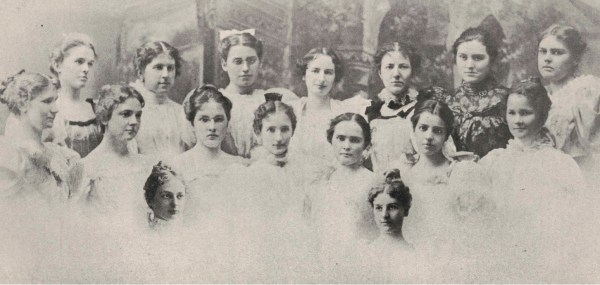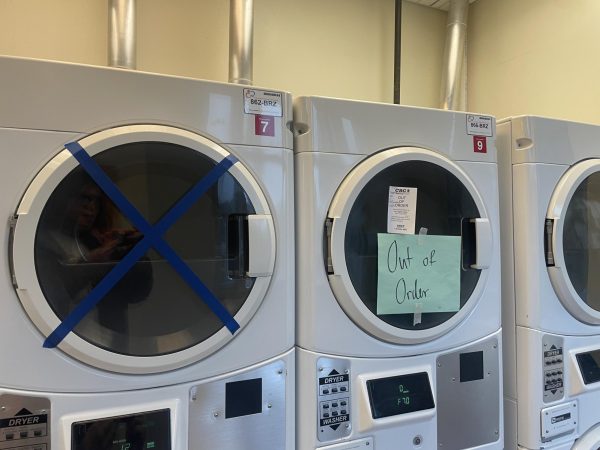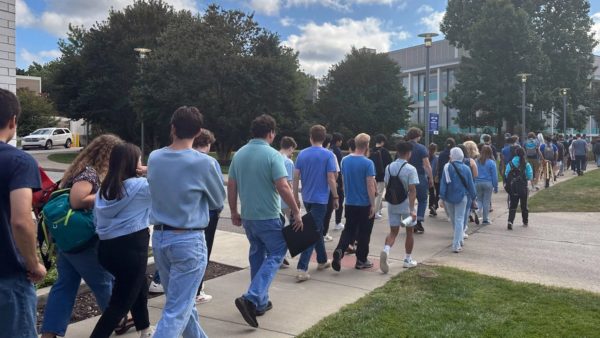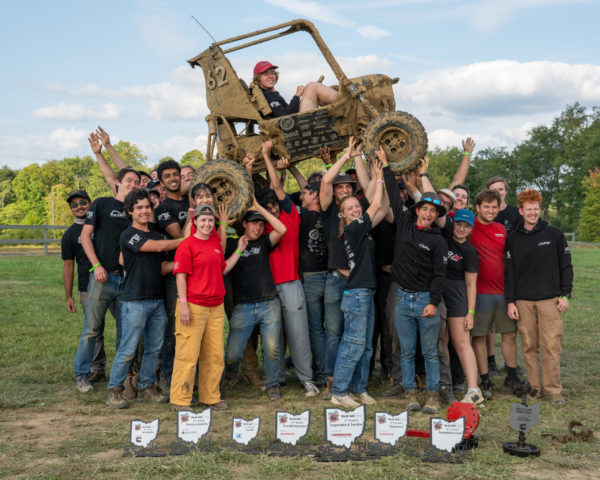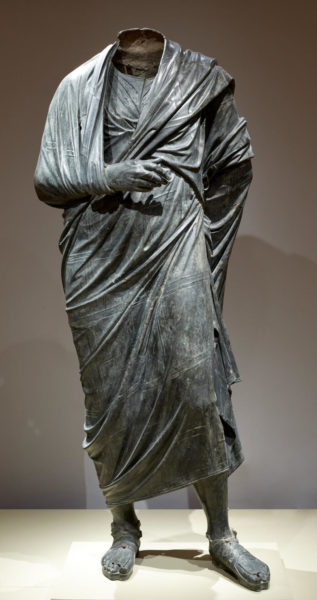CWRU sees increase in male nursing students
Jonah Pregulman, a third-year nursing student, can get some odd looks when he walks into class.
“Often, I’m the only man in the room,” he said.
However, that statistic is slowing changing at Case Western Reserve University and across the nation: Male nurses currently represent 9.8 percent of the total workforce, but 11 percent of those graduating from nursing programs are men.
At CWRU this year, 11 out of the 30 students who entered the Master of Nursing class, which allows students with non-nursing undergraduate degrees to become nurses, were male.
Men made up a significant portion of the nursing workforce throughout the 1960s, due to their high participation in the armed forces medical brigades. However, this statistic quickly dropped.
Since a low point in the 1970s, the number of male nurses has tripled, and now there are approximately 330,000 male nurses out of a total 3.5 million nurses around the nation.
Pregulman, who was initially interested in architecture, decided to pursue nursing after shadowing a doctor in his last year of high school. Watching the nurses, he decided he wanted to follow in their footsteps.
CWRU’s program stood out to him because it is four years, and, unlike most schools, students do not need to reapply to the nursing program after two years.
Men are more common in specialty nursing fields such as flight nursing, critical care or nurse anesthesiology, which are also areas that pay better. However, they also require advanced schooling or sitting board certification examinations.
Pregulman advises young men interested in nursing to not be deterred by stereotypes, to shadow someone in the field and to ask questions. The most difficult part of the course: finding non-feminine scrubs.










